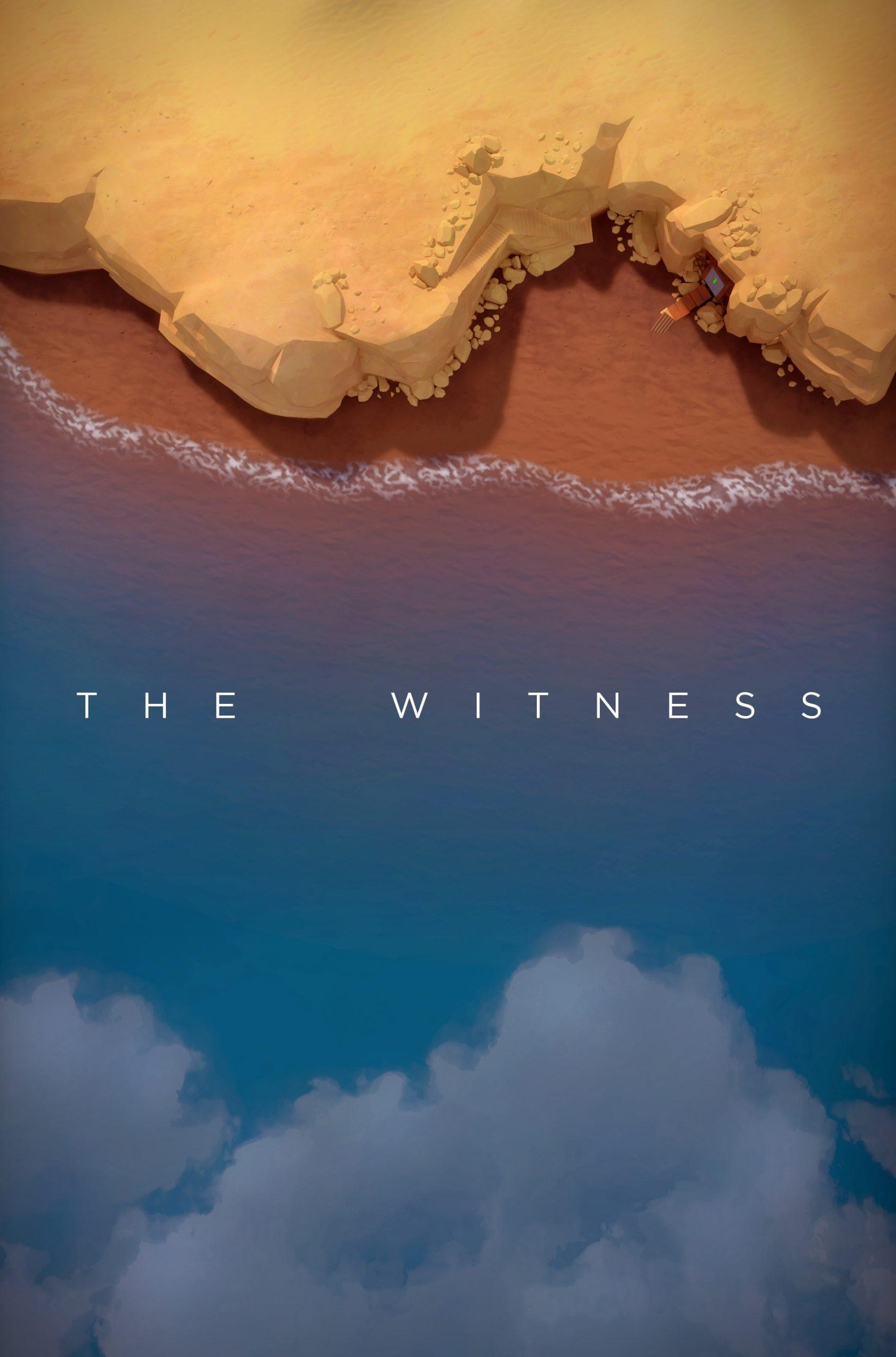The Witness is not a traditional game, where the player witnesses the story of the protagonist – it is the opposite, where the game is the witness to the player’s journey of overcoming the puzzles.
The Witness is a famous Indie puzzle game made by Thekla, or more famously, Jonathan Blow, and is available for major platforms. Target audience seems to be adult puzzle lovers – The Witness is almost purely about the numerous, and often very challenging, puzzles. While it is a beautifully crafted and intricately designed game that every gamer should check out, I can’t imagine many kids or adults who are not hardcore puzzle lovers would have the patience to actually complete the game without a guide – I certainly didn’t. For my playthrough, I completed the tutorial and a few puzzles in different area, quickly realized that I don’t have 30 hours, and looked up the ending 🙂
Important Formal Elements
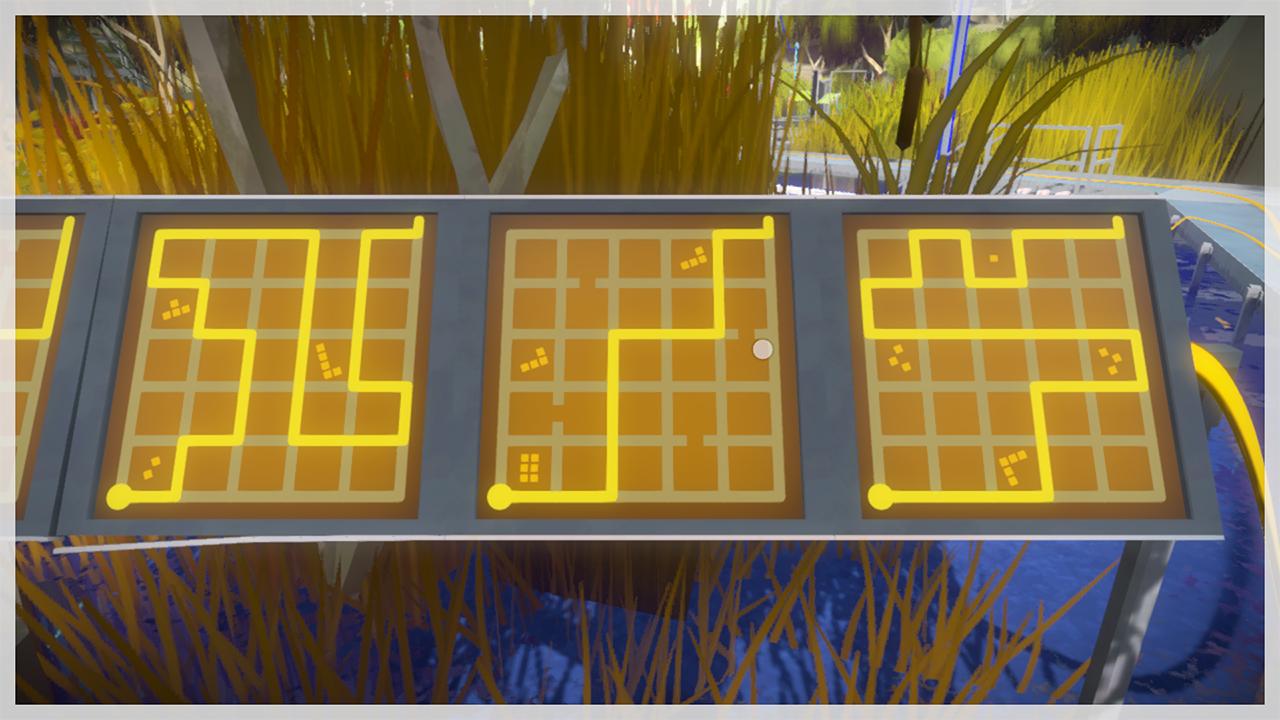
Procedure and objective: Every puzzle in The Witness involves drawing a line on a grid from one spot to another, following some hidden rules unique to every type of puzzle. Thus, the obvious objective game is solution, but I argue that the true objective of the game is alignment! (First time I’m writing about a game with alignment as the objective haha)
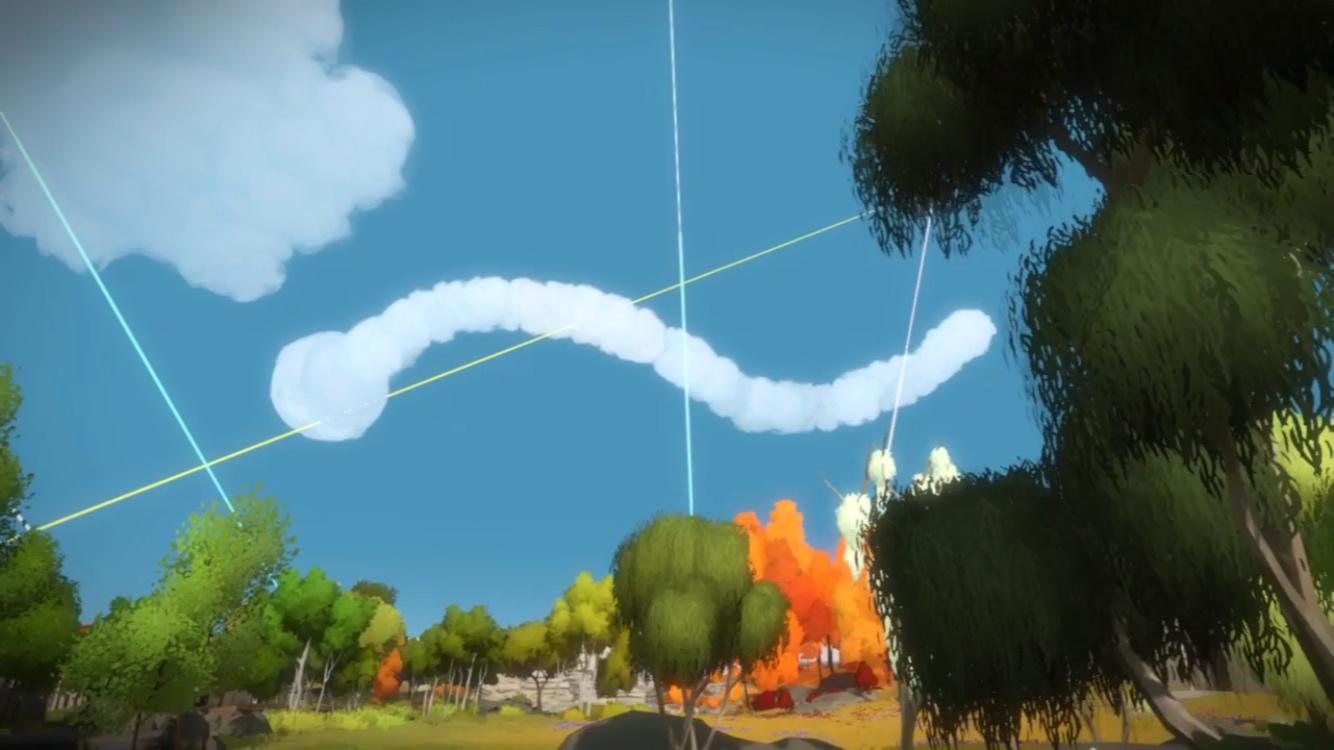
Boundaries: At first glance, the puzzles are obviously contained on boards with puzzles drawn on them – you interact with them, solve the puzzle, and a cable lights up or a door opens – all pretty standard. However, after noticing an interestingly shaped cloud, I was blown away by the realization that there are puzzles hidden all over the environment, and the only rule that defines a puzzle is a big circle (starting area) + a path to follow (be it shadows, clouds, rivers…). This moment of epiphany was definitely my favorite part of the game.
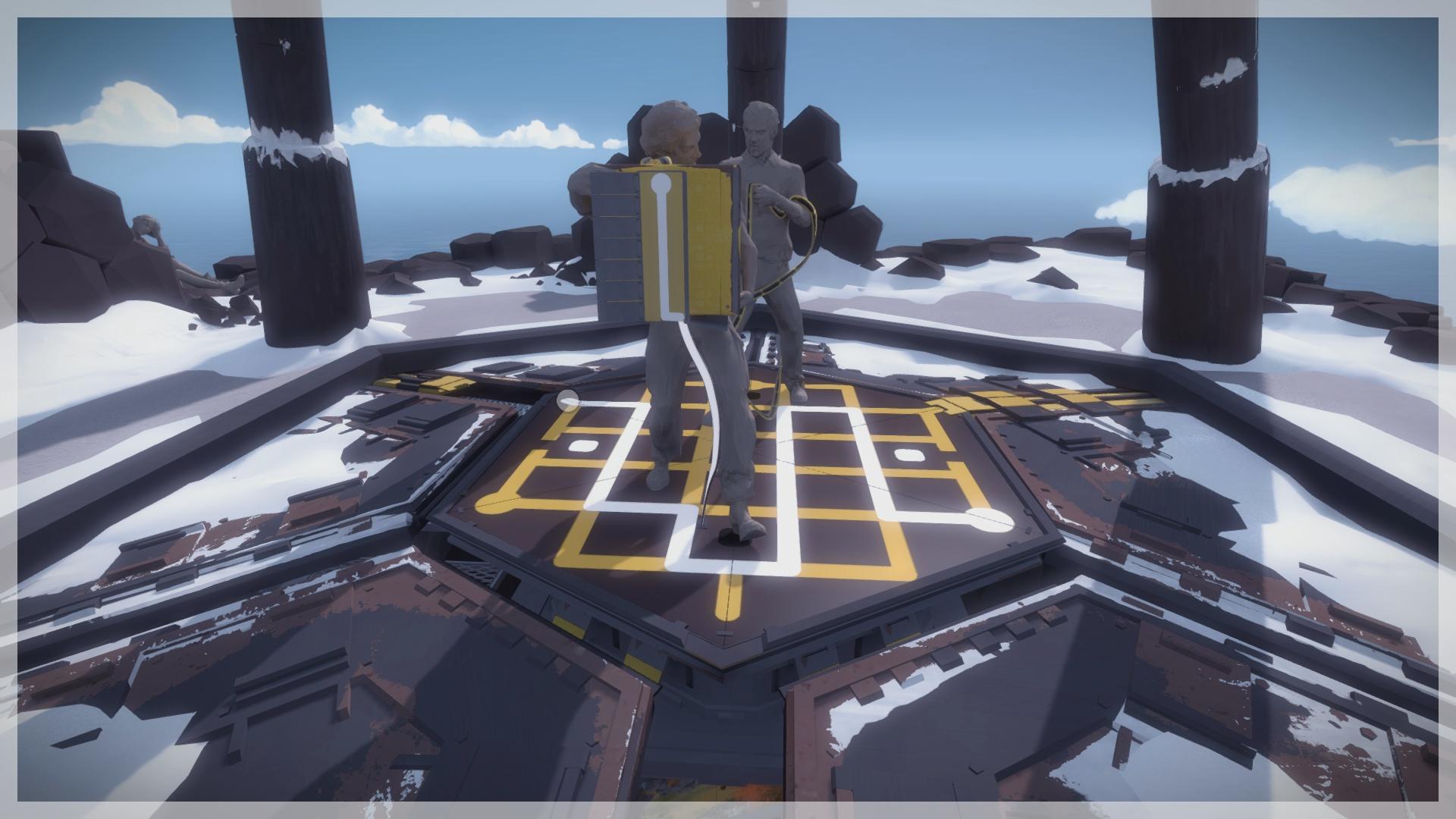
I play games becomes I take comfort in acting in a world with known rules where my actions make a difference, not because I want to spend 30 hours being reminded of how humans are stuck searching for the unknowable, an objective truth that doesn’t exist.
Outcome: This might be one of the more controversial aspect of The Witness. The opening of the game is shrouded in mystery – who are you, what is this island, what happened to everyone etc. Initially, it seems like the player will uncover more and more of this mystery as they progress through the game. But that’s not actually the case – the game ends with an elevator ride that takes the player through the island and back to the very beginning, and that’s it. This is, as one website aptly puts it, “A rather literal way of saying that the value of The Witness is in the journey, not the end – that figuring out these puzzles doesn’t give a single concrete Truth.” Ultimately, Jonathan blow can talk about how The Witness is a metaphor for “understanding the world” as much as he likes, but I still wish the game had a more fulfilling resolution. After all, and many will disagree with this, but I play games becomes I take comfort in acting in a world with known rules where my actions make a difference, not because I want to spend 30 hours being reminded of how humans are stuck searching for the unknowable, an objective truth that doesn’t exist.
Types of fun
The game is obviously mostly about the fun of challenge, which it executes very well on. The aforementioned environmental puzzles foster a great fun of discovery.
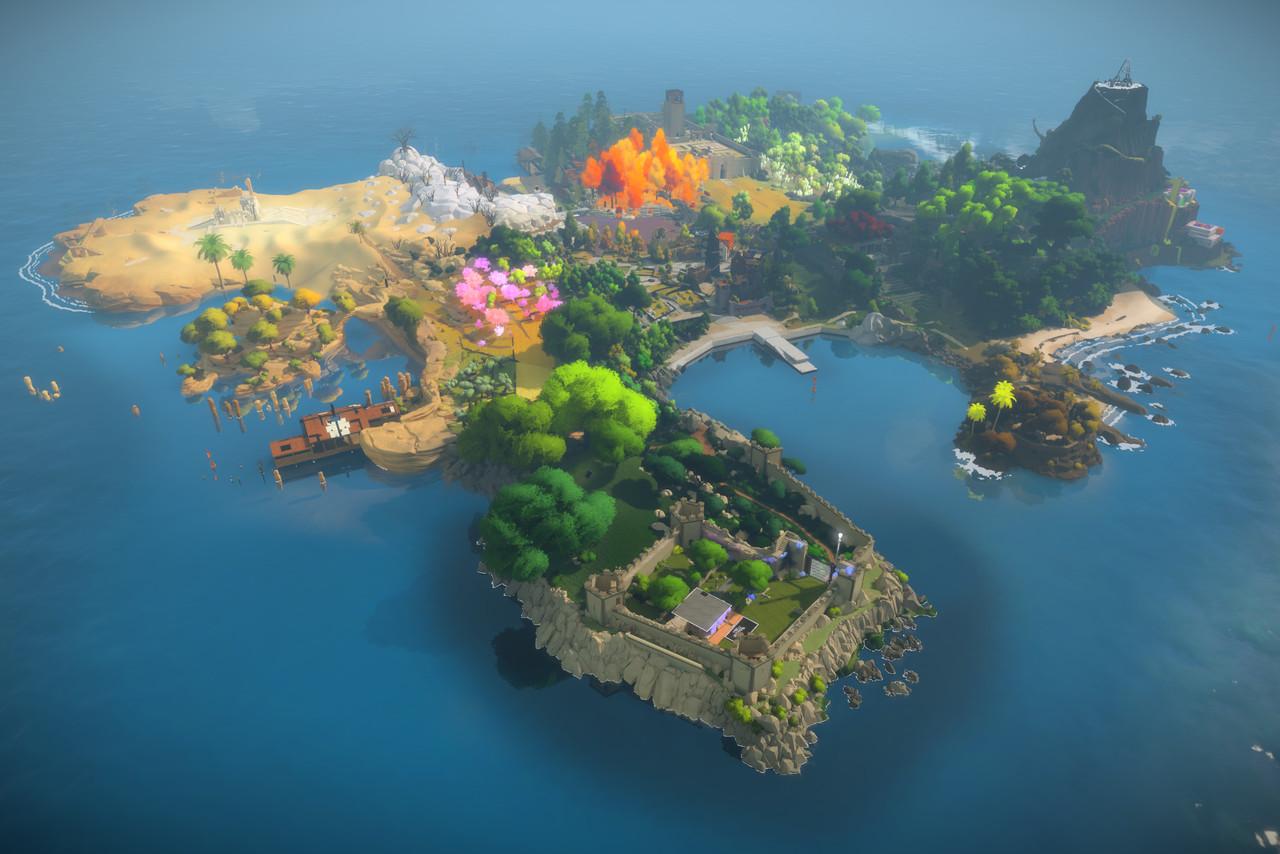
How the mechanics of the puzzle influence the experience of the game
The puzzle in the witness is the game – strip away the pretty island and the grandiose audio logs, and what you are left with is a challenging puzzle game. The base mechanic of the puzzle is very simple – draw a line from one dot to another. It’s the endless twists, variations, and combination of additional rules, never explicitly explained, along with their interactions with the environment around the puzzles, that give the puzzles in The Witness their brutal difficulty and rich depth. This is also why Jonathan Blows argues the puzzles in The Witness is a metaphor for the unknowns in the real world. The Witness is not a traditional game, where the player witnesses the story of the protagonist – it is the opposite, where the game is the witness to the player’s journey of overcoming the puzzles.
Things I would change to make the game better
One small change I would like to see is an easier way to track which puzzles you have completed and which ones you haven’t. The Witness is intentionally designed so that the players wander around and try different puzzles instead of getting stuck on, but it was often frustrating to know which areas to go back to.


